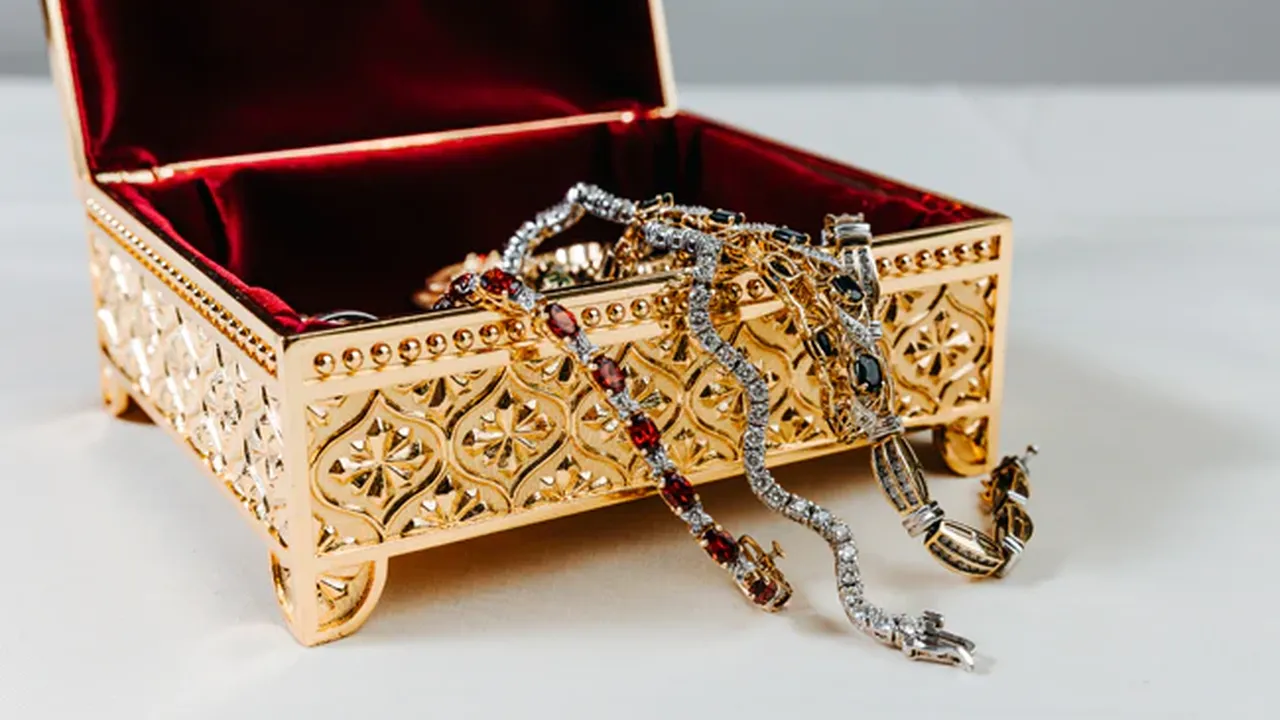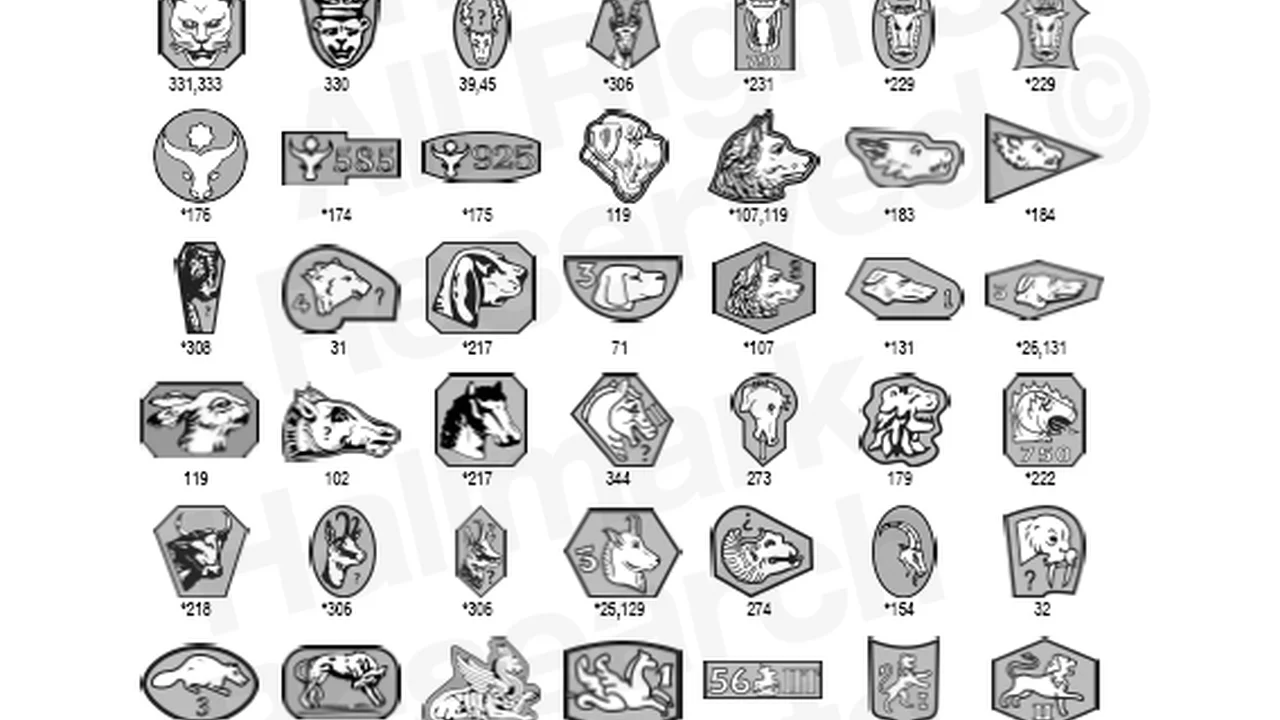Antique Jewelry Auctions A Guide for Buyers and Sellers
Antique Jewelry Auctions A Guide for Buyers and Sellers

Understanding Antique Jewelry Auctions: A World of Opportunities
So, you're thinking about diving into the world of antique jewelry auctions? Buckle up, because it’s a thrilling ride! Whether you’re looking to snag a rare Victorian brooch, offload some family heirlooms, or simply soak in the atmosphere, auctions offer a unique experience. Let’s break down how they work, what you need to know, and how to navigate this exciting arena.
How Antique Jewelry Auctions Work: A Step-by-Step Guide
Antique jewelry auctions are events where pieces of antique and estate jewelry are sold to the highest bidder. These auctions can be held in physical auction houses or online platforms. Here's a general rundown:
- Consignment: Sellers (consignors) bring their jewelry to the auction house. The auction house evaluates the pieces, determines their estimated value, and agrees on a reserve price (the minimum price the seller is willing to accept).
- Cataloging: The auction house creates a catalog featuring detailed descriptions and photographs of each item (lot). This catalog is distributed to potential buyers online and in print.
- Viewing: Before the auction, there’s usually a viewing period where potential buyers can examine the jewelry in person. This is your chance to get up close and personal with the pieces you’re interested in.
- Bidding: The auctioneer starts the bidding at a certain price, and buyers compete against each other by raising the bid. Bids can be placed in person, online, or by phone.
- Winning the Bid: The highest bidder wins the item and pays the auction house the final bid price plus a buyer's premium (a percentage of the final bid price).
- Payment and Collection: Once payment is cleared, the buyer can collect their newly acquired treasure.
Bidding Strategies for Antique Jewelry Auctions: Tips for Success
Okay, so you're ready to bid. Here are some strategies to help you come out on top:
- Set a Budget: Before you even think about bidding, decide how much you’re willing to spend. Don't get caught up in the heat of the moment and overspend.
- Do Your Research: Know the value of the jewelry you're interested in. Check comparable sales records and consider getting an independent appraisal.
- Attend the Viewing: This is crucial! Inspect the jewelry carefully for any flaws, damage, or repairs. Ask questions.
- Understand the Buyer's Premium: Factor the buyer's premium into your budget. This can significantly increase the final cost.
- Start Low: Don't jump in with a high bid right away. Start low and gradually increase your bids.
- Be Patient: Don't get discouraged if you don't win every item you bid on. There will always be other opportunities.
- Consider Proxy Bidding: If you can't attend the auction in person, consider placing a proxy bid. This allows the auction house to bid on your behalf up to a maximum amount.
Consignment Options for Selling Antique Jewelry at Auction: Getting the Best Price
Thinking of selling your antique jewelry at auction? Here’s how to maximize your returns:
- Choose the Right Auction House: Research different auction houses and choose one that specializes in antique jewelry and has a good reputation.
- Get an Appraisal: Have your jewelry appraised by a qualified appraiser to determine its fair market value.
- Negotiate the Commission: Auction houses charge a commission on the sale price. Negotiate the commission rate to get the best possible deal.
- Provide Detailed Information: Give the auction house as much information as possible about the jewelry, including its history, provenance, and any relevant documentation.
- Set a Realistic Reserve Price: The reserve price is the minimum price you're willing to accept for your jewelry. Set a realistic reserve price based on its appraised value and market conditions.
- Promote Your Jewelry: Help the auction house promote your jewelry by sharing information about it on social media and with your network.
Auction House Fees for Antique Jewelry: What to Expect
Understanding the fees involved in antique jewelry auctions is essential. Here's a breakdown:
- Buyer's Premium: A percentage of the final bid price paid by the buyer to the auction house.
- Seller's Commission: A percentage of the final sale price paid by the seller to the auction house.
- Cataloging Fees: Fees for photographing and describing the jewelry in the auction catalog.
- Insurance Fees: Fees for insuring the jewelry while it's in the auction house's possession.
- Storage Fees: Fees for storing the jewelry before the auction.
Recommended Antique Jewelry Pieces at Auction: What to Look For
Let's talk about some specific pieces you might find at auction and what makes them desirable:
- Art Deco Diamond Bracelet: Look for geometric designs, platinum settings, and high-quality diamonds. A well-preserved example can fetch anywhere from $5,000 to $20,000+. Consider this: An Art Deco bracelet with approximately 5 carats of diamonds set in platinum, featuring a repeating geometric pattern, could be valued around $12,000. Its value lies in the intricate craftsmanship and the quality of the diamonds.
- Victorian Enamel Mourning Brooch: These brooches often feature intricate details, sentimental inscriptions, and hairwork. Prices can range from $500 to $5,000 depending on the craftsmanship and materials. A black enamel mourning brooch with seed pearls and a locket containing a lock of hair, dating back to the mid-19th century, might be priced at $1,500. The historical significance and delicate craftsmanship add to its value.
- Edwardian Pearl and Diamond Necklace: These necklaces are known for their delicate designs, platinum settings, and use of pearls and diamonds. Prices can range from $2,000 to $15,000+. Imagine an Edwardian necklace featuring graduated pearls interspersed with small diamonds, set in platinum. Such a piece could be valued at $8,000, reflecting the elegance and sophistication of the era.
- Georgian Paste Jewelry: While not gemstones, Georgian paste jewelry is highly collectible. These pieces use meticulously cut glass to mimic gemstones. A Georgian paste rivière necklace might sell for $800 - $3,000 depending on the quality of the paste and the setting.
Using Your Antique Jewelry Finds: Styling and Display
So, you've won your auction and have your new treasures. How do you show them off?
- Art Deco Bracelet: Perfect for evening events or adding a touch of glamour to a cocktail dress.
- Victorian Brooch: Pin it on a lapel, a scarf, or even a hat for a vintage flair.
- Edwardian Necklace: Ideal for formal occasions or adding a touch of elegance to a simple dress.
- Georgian Paste Jewelry: Wear it to historical reenactments, themed parties, or simply to add a touch of vintage charm to your everyday look.
Antique Jewelry Auctions in the USA & Southeast Asia: Regional Considerations
The types of antique jewelry you'll find at auction can vary depending on the region. In the USA, you might find more Victorian and Art Deco pieces, while in Southeast Asia, you might find pieces with influences from local cultures and materials.
Happy bidding!
:max_bytes(150000):strip_icc()/277019-baked-pork-chops-with-cream-of-mushroom-soup-DDMFS-beauty-4x3-BG-7505-5762b731cf30447d9cbbbbbf387beafa.jpg)






